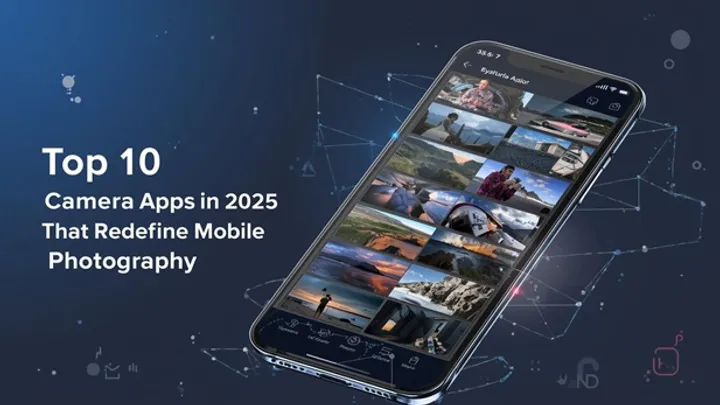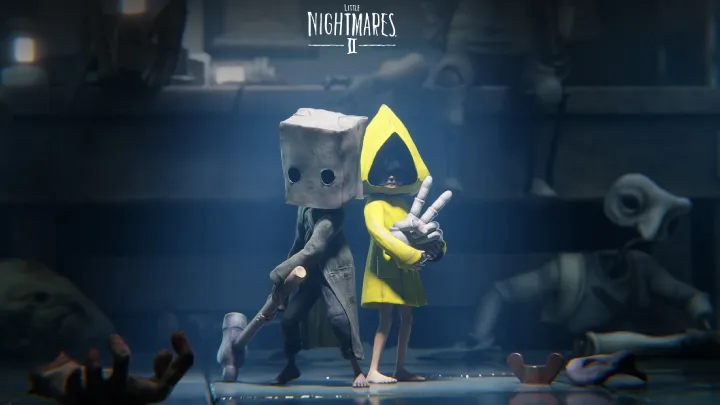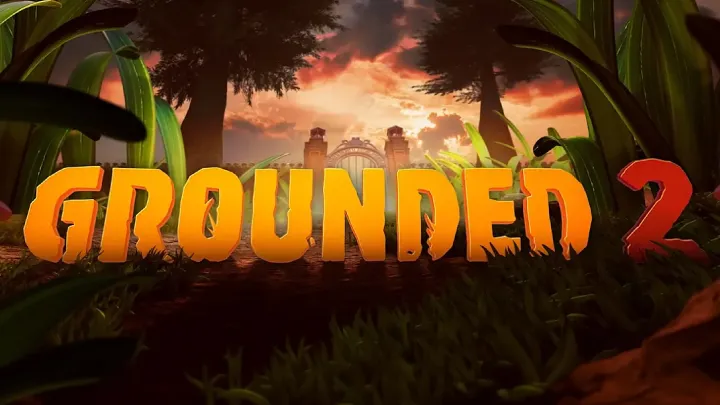Introduction
Fighting games have always been a central genre in the gaming world. They are raw, fast-paced, and full of intensity, where every move counts and every second can decide the outcome of a match. Unlike other genres, fighting games rely heavily on player skill, timing, and mastery of complex mechanics. These games have not only shaped competitive gaming but also left a cultural mark that transcends generations.
From arcade cabinets in the 80s and 90s to global eSports tournaments today, legendary fighting games have made history. Titles like Street Fighter II, Mortal Kombat, and Tekken did not just entertain; they built communities, rivalries, and unforgettable moments that still resonate.
In this article, we will dive into the top legendary fighting games that defined the genre and changed gaming history forever.
1. Street Fighter II – The Father of Modern Fighting Games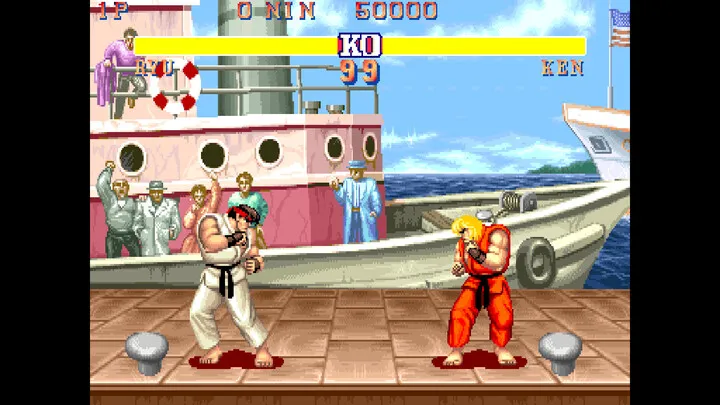
No list of legendary fighting games can start without Street Fighter II. Released in 1991 by Capcom, it revolutionized the genre and set the foundation for competitive fighting games as we know them.
Why It Made History
- Introduced special moves like Hadouken and Shoryuken that became cultural icons.
- Popularized the concept of character rosters, each with unique fighting styles.
- Sparked the arcade fighting craze in the 90s, with players lining up to prove their skills.
Legacy
Street Fighter II did not just create a new type of gameplay; it created a new culture. Arcade rivalries, tournaments, and the rise of professional fighting game players all trace their roots back to this masterpiece.
2. Mortal Kombat – The Game That Changed Ratings Forever
Launched in 1992, Mortal Kombat shocked the world with its brutal combat and gore-filled fatalities. Developed by Midway, it introduced a darker, edgier side to fighting games.
Key Innovations
- Fatalities: Finishing moves that allowed players to humiliate opponents in bloody fashion.
- Digitized graphics: Real actors were digitized to create realistic character animations.
- Directly led to the creation of the ESRB rating system, changing video game history.
Cultural Impact
Mortal Kombat became infamous in pop culture, sparking debates about violence in video games. Yet, it cemented itself as a franchise that pushed boundaries, still thriving today with competitive tournaments and cinematic storylines.
3. Tekken – The 3D Fighting Revolution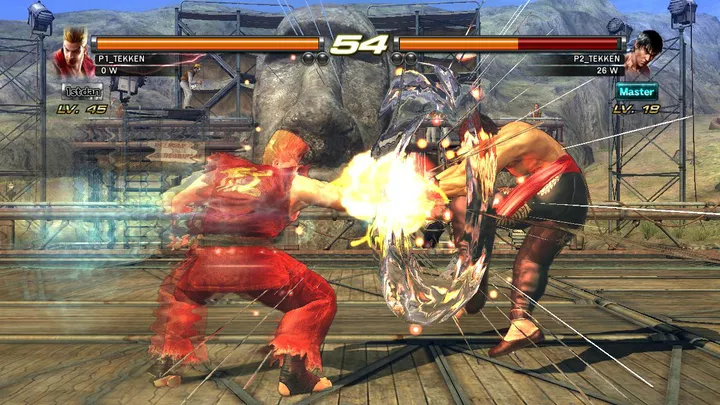
When Tekken hit arcades in 1994, it was groundbreaking. Developed by Namco, it introduced 3D movement and deep character rosters.
Why It Stood Out
- 3D arenas added new layers of movement and strategy.
- Each character had dozens of moves, requiring deep mastery.
- Its blend of martial arts and story-driven rivalries created a strong fanbase.
Legacy
Tekken tournaments, especially Tekken 3 and Tekken 7, remain cornerstones of the eSports fighting community. The series is praised for balancing accessibility with high-level mastery.
4. Super Smash Bros. – A Party Game Turned Competitive Phenomenon
Released in 1999 for the Nintendo 64, Super Smash Bros. was unlike any other fighting game. Instead of depleting health bars, players knocked each other off the stage.
Key Features
- Unique roster of Nintendo characters like Mario, Link, and Pikachu.
- Platform-based combat, making it stand out from traditional fighters.
- Became both a casual party game and a serious eSports title.
Competitive Scene
Super Smash Bros. Melee in particular created a competitive revolution, with pro players showcasing lightning-fast skills. The series remains beloved worldwide, bridging casual and hardcore audiences.
5. Soulcalibur – The Weapon-Based Masterpiece
Unlike most fighting games focusing on hand-to-hand combat, Soulcalibur stood out by introducing weapon-based fighting. Released in 1995 by Namco, it became famous for its fluid gameplay and tactical depth.
Why It Was Legendary
- 8-way run system allowed unparalleled freedom of movement.
- Each character wielded a unique weapon, from swords to spears.
- Graphically stunning for its time, setting new standards for visuals.
Legacy
Soulcalibur II is often remembered as one of the greatest fighting games ever, even featuring iconic guest characters like Link (from Zelda). The franchise continues to hold a special place in the fighting game community.
6. King of Fighters – The Team-Based Fighting Giant
SNK’s King of Fighters series began in 1994 and introduced a new concept: team-based battles. Players chose three fighters and rotated them in matches, adding a unique layer of strategy.
Key Features
- Team mechanics added variety and long-term strategy.
- Huge cast of characters, connecting stories from multiple SNK games.
- Known for its technical difficulty, rewarding hardcore players.
Impact
Although not as mainstream as Street Fighter, KoF has a dedicated competitive community, particularly strong in Asia and Latin America. It remains a respected title among fighting veterans.
7. Guilty Gear – The Stylish Anime Fighter
Arc System Works’ Guilty Gear series, launched in 1998, brought a unique anime art style and lightning-fast gameplay that redefined the genre’s creativity.
Why It Shines
- Distinctive hand-drawn anime visuals.
- Extremely fast-paced mechanics with heavy emphasis on combos.
- Created the foundation for future ArcSys titles like BlazBlue and Dragon Ball FighterZ.
Legacy
Guilty Gear Strive has become a modern competitive hit, loved for its style, music, and balance of depth and accessibility.
8. Marvel vs. Capcom – The Crossover Craze
Marvel vs. Capcom brought a dream concept to life: Marvel superheroes battling Capcom’s iconic characters. Released in 1996, it quickly became a fan favorite.
Key Features
- Tag-team combat with fast character switching.
- Over-the-top, flashy combos that thrilled audiences.
- Iconic matchups like Ryu vs. Wolverine or Iron Man vs. Mega Man.
Legacy
Marvel vs. Capcom 2 remains one of the most beloved fighting games ever, still played competitively decades later. It cemented the popularity of crossover fighters.
9. Virtua Fighter – The Pioneer of 3D Fighting
Before Tekken, there was Virtua Fighter. Released in 1993 by Sega, it was the first 3D fighting game, using polygonal graphics at a time when most games were still 2D.
Why It Made History
- Introduced 3D character models, a breakthrough in gaming technology.
- Focused on realistic martial arts techniques.
- Inspired later 3D fighters like Tekken and Dead or Alive.
Legacy
Though not as mainstream as other titles, Virtua Fighter’s influence is undeniable. It’s often called the godfather of 3D fighters, pioneering techniques still used today.
10. Killer Instinct – The Combo King
Launched in 1994, Rare’s Killer Instinct gained fame for its combo system, flashy graphics, and catchy announcer voices (“C-C-C-COMBO BREAKER!”).
Key Innovations
- Combo-heavy mechanics that pushed skill expression.
- Unique mix of Western and Japanese fighting game design.
- Memorable soundtrack and bold visual style.
Legacy
Though it faded for a while, the 2013 reboot brought Killer Instinct back to competitive relevance, proving its staying power as a cult classic.
Conclusion
Legendary fighting games are more than just entertainment; they are milestones in gaming history. They shaped the way players compete, influenced global pop culture, and created communities that still thrive today.
From Street Fighter II setting the foundation, to Mortal Kombat pushing boundaries, to Super Smash Bros. blending casual and competitive play, each of these titles left an immortal legacy.
As eSports continues to grow, fighting games remain a pillar of competition and creativity, inspiring new generations of gamers.











